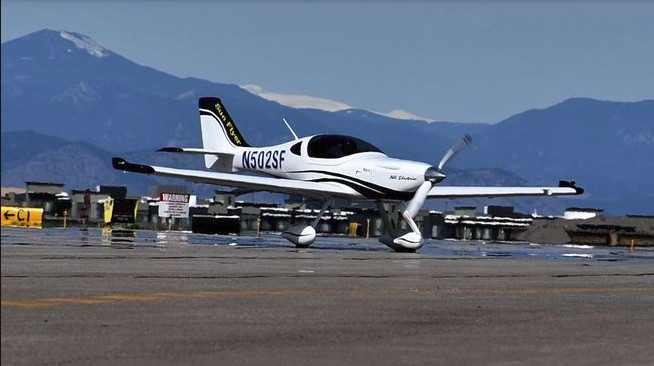I recall a presentation about 5 years ago on this topic, by one of the leading researchers. Of course technology has moved on since then, but I put to him that I have never had any lithium battery powered device on which the battery wasn’t largely shagged (not the word I used) after a few years.
He just smiled and nodded 
Has Tesla discovered some new physics, or is there a reason (e.g. usage pattern, charging methods) why e.g. most laptop batteries are basically dead after 5-10 years? Even allowing for most replacement batteries sold on Ebay and Amazon being fakes which are clearly made to low standards, the gulf between 25 years and this is huge…
Tesla has a very smart and efficient liquid cooled battery management system, maintaining steady battery temps when charging and discharging.
Peter wrote:
Has Tesla discovered some new physics, or is there a reason (e.g. usage pattern, charging methods) why e.g. most laptop batteries are basically dead after 5-10 years?
AIUI, lithium ion batteries will last MUCH longer if you don’t charge them to absolutely full every cycle, and I seem to recall reading somewhere that Tesla charges them to some percentage of maximum capacity.
With laptops and phones, people tend to change them every 2 to 4 years, so it’s not a selling point that the battery lasts 15 years, but it is a selling point that the laptop can run off battery for 7 hours, so they charge them to absolute maximum capacity even though it means the battery will be shagged in 4 years and 200 cycles time. People keep cars for much longer so trading off 10% or so of range for a battery that will have useful capacity over 500,000km worth of driving is better.
The Pipistrel Alpha Electro just received the FAA certification. See here: https://electrek.co/2018/04/27/all-electric-train
Sun Flyer receives big order for 30 aircraft. 50 orders from flight schools now and 150 deposits to date

Bigger motor as well now, additional 10 hp to total of 90kW.
What about fuel cells? Wouldn’t these increase the available energy vs conventional batteries, and benefit from more reliable (fewer moving parts) / lighter / more ecological engines?
- Is the system itself too heavy (the fuel packs more energy density than gasoline)
- Is H2 just too dangerous (in normal handing / refueling, or crash?)
- Too expensive?
There was never any doubt you can built an electric plane which flies for a short time.
I’ve just looked up some traditional motors; 100HP in the old style 3 phase package, is about €4k but weighs a few hundred kg so one would need to work on that, and the Siemens type of construction with permanent magnets reduces that a great deal. With LIPO batteries, off the shelf for model planes, this could have been done years ago. The electronics (the synthesis of variable frequency 3 phase, perhaps with some feedback) have been off the shelf for about 40 years; everybody and their dog is making variable speed drives. It just doesn’t run for very long.
The big Q for the training model remains of how to deal with cross country flights. Maybe these flying schools will organise the operations so a freshly charged plane is reserved for those flights, which aren’t numerous in the PPL anyway. In UK PPL training there is IIRC just one 150nm flight with 2 away stops and if you have charging provided at the stops then you are done. Certainly, several schools could come to an agreement for this kind of mutual support, doing the x/c flights between each other’s runways. The rest of the PPL solo requirement can be done in short flights, perhaps to airfields with charging available.
No idea what happens after you get the PPL… You can’t use these things for any practical travel.
No idea what happens after you get the PPL… You can’t use these things for any practical travel.
I think energy density of the batteries will further increase so that you can plan on 200 nm range incl. 30 min reserves in a few years. That’s already enough for many pilots who never fly longer legs anyways.
For the long range tourers some kind of hybrid engine utilizing the latest ICE technology or alternatively fuel cells could be used.